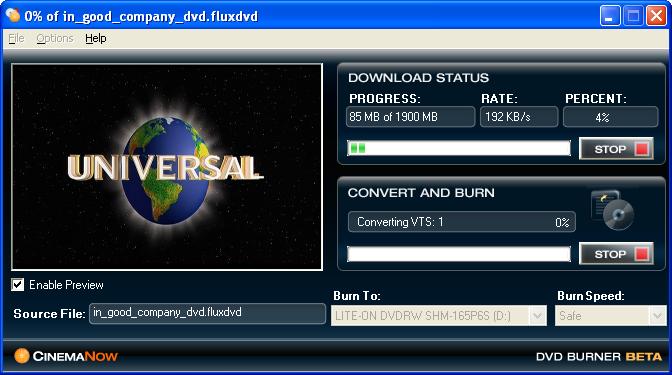Now that the Sony PlayStation 3 has hit the ground running — at least in the U.S. and Japan, and in fairly measured quantities — we might finally piece together some more solid information about running Linux on this little box and the exposed programming capabilities

Based on earlier blog and forum hearsay, I got the impression that there was some hackish method for getting Linux onto a PS3. It turns out that it’s not a hack, it’s a menu option. The user can install an “other OS” from basically any media format that the PS3 supports (a huge array of optical discs, compact flash, USB media device, and some others).
I’m still searching for actual programming information. Hearsay indicates that X11 will work by rendering to a framebuffer. No word of graphical capabilities beyond that. Still wondering about audio output, controller input, network I/O, and programming multiple Cell SPEs.
Meanwhile, the online user manual contains lists of video and audio formats that the PS3 already knows how to play (and here are the still image formats).
Since I am fascinated with the idea of programming game consoles (even modern ones that increasingly resemble boring, regular PCs), I will be keeping an eye on what people are doing with Linux on PS3. I won’t lose my mind trying to be an early, early adopter of this latest console. I’ll consider purchasing one only when I can walk into a typical store and pick one up off the shelf like a normal consumer; no sooner.

